Across the United States, a number of states are witnessing remarkable population growth, reshaping their economic landscapes and cultural fabrics. This surge is influenced by various factors including job opportunities, climate, and quality of life, which attract diverse demographics from retirees to tech professionals. As cities within these states expand, they face new challenges and opportunities that come with increased density and diversity. Understanding these trends provides insight into the shifting dynamics of American life and the evolving demands on infrastructure and services.
Texas: Southern Giant
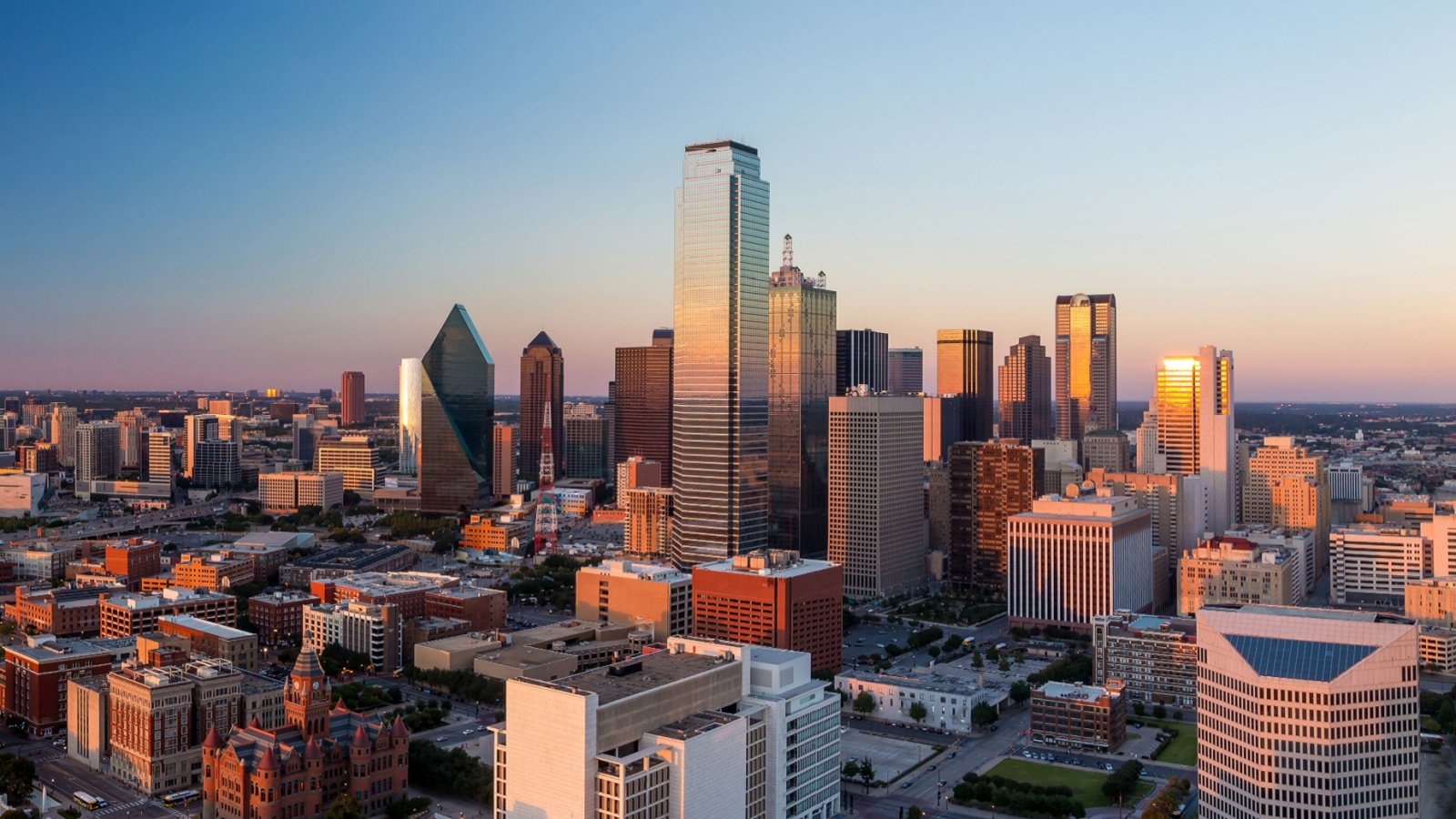
Texas leads with a stunning population surge due to its robust job market and no state income tax. Cities like Austin and Dallas are booming with tech and business opportunities, drawing people from across the country. This growth has propelled the state into a cultural and economic powerhouse.
Florida: Sun-Soaked Expansion
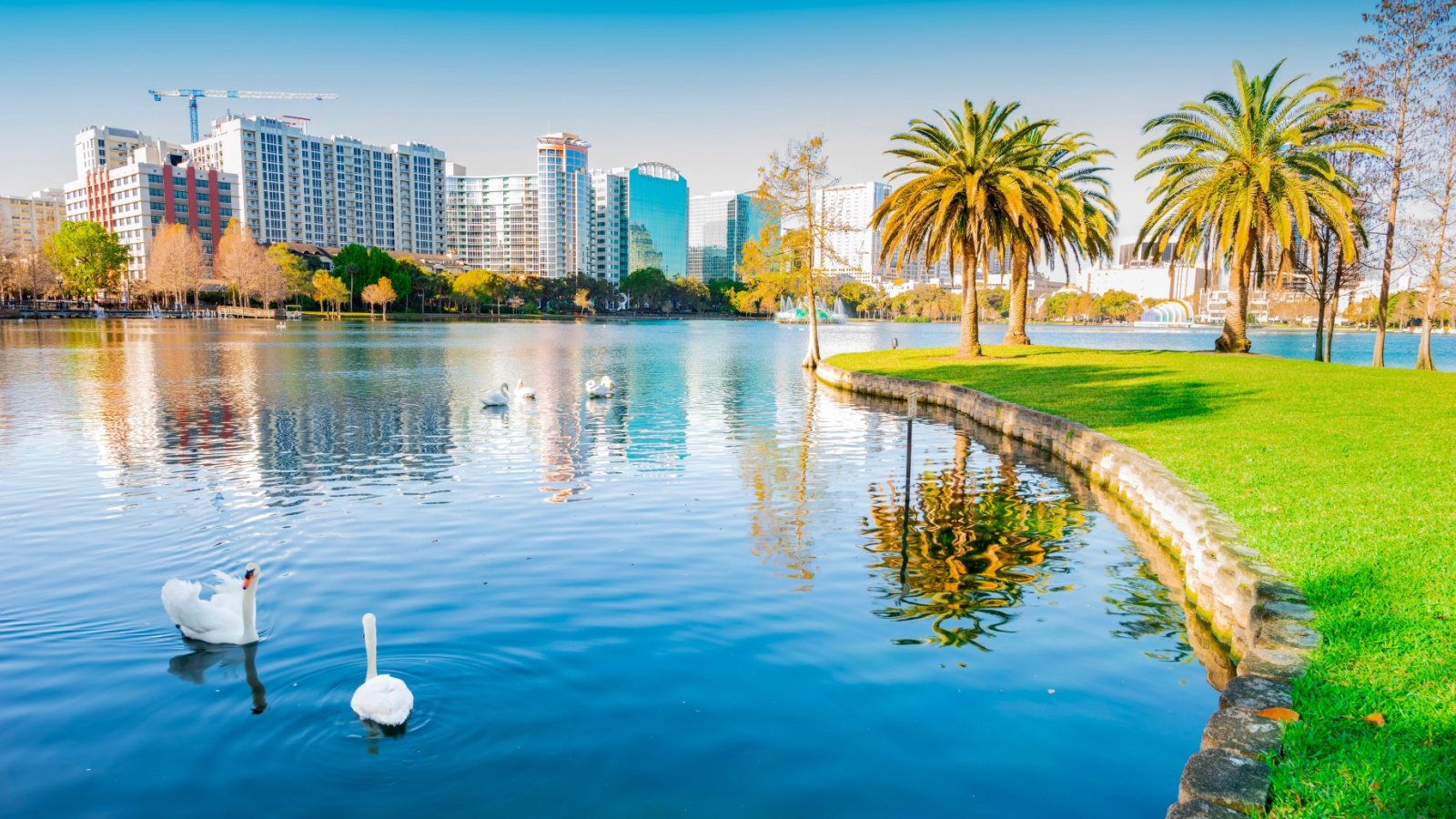
Florida’s allure of warm weather and favorable tax policies continues to attract retirees and young professionals alike. The state has seen its population swell, particularly in areas like Tampa and Orlando. Its population growth is complemented by a burgeoning tourism industry and a thriving real estate market.
California: Persistent Attraction
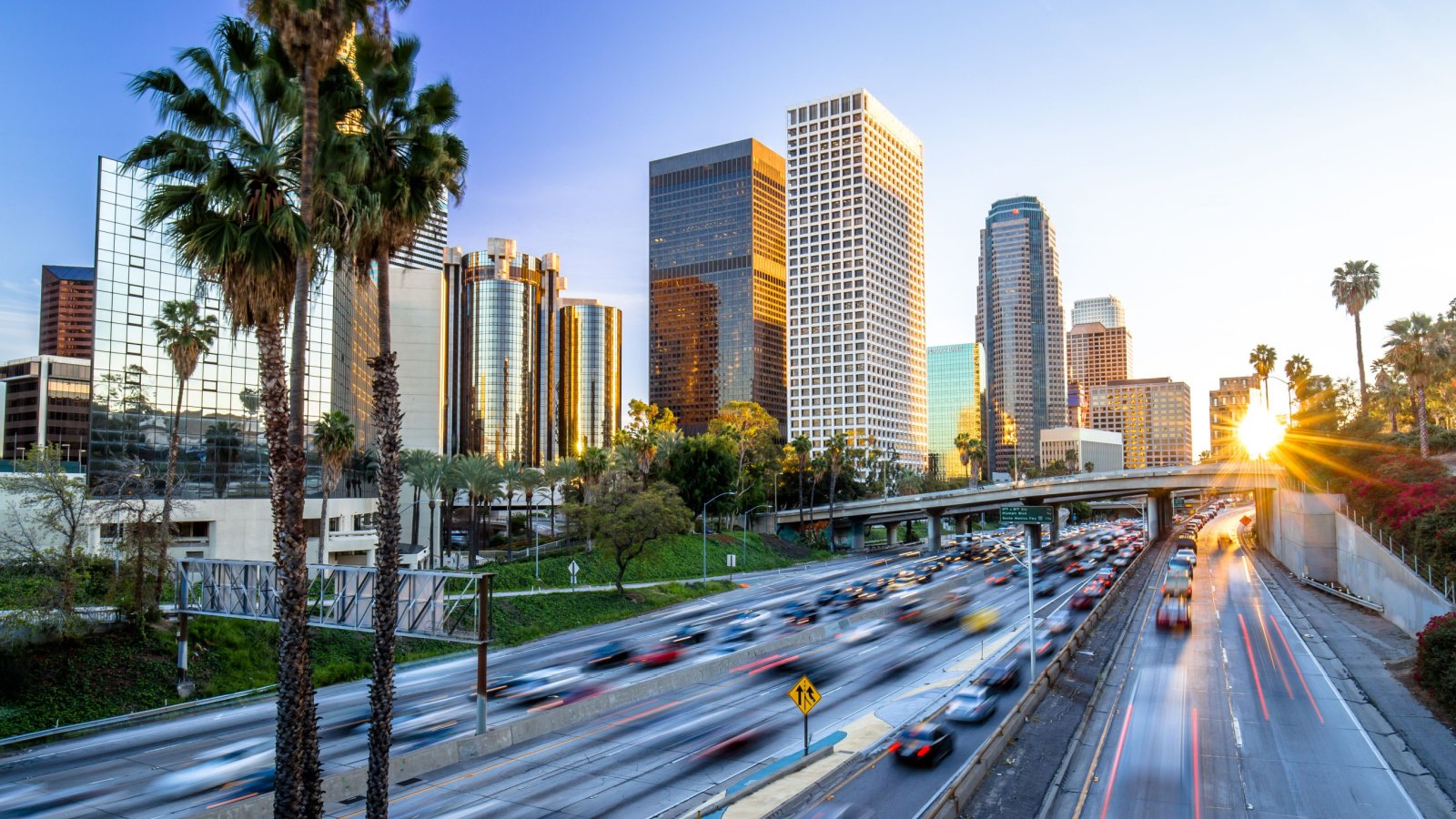
Despite high living costs, California remains a top destination for its economic opportunities and natural beauty. The tech industry in Silicon Valley and entertainment in Los Angeles act as powerful magnets. However, the state faces challenges in housing affordability and infrastructure due to this rapid expansion.
Washington: Tech Haven

Washington state’s population boom is largely driven by the tech sector centered around Seattle. Companies like Amazon and Microsoft offer plentiful jobs that attract a skilled workforce from worldwide. This influx is transforming the region, escalating housing demands, and boosting local economies.
Arizona: Desert Bloom

Arizona’s mild winters and affordable living costs make it an increasingly popular destination, especially for retirees. Phoenix and Tucson are expanding rapidly, fueled by new housing developments and job opportunities. The state’s population growth also stresses water resources, prompting innovative conservation strategies.
North Carolina: Diverse Appeal
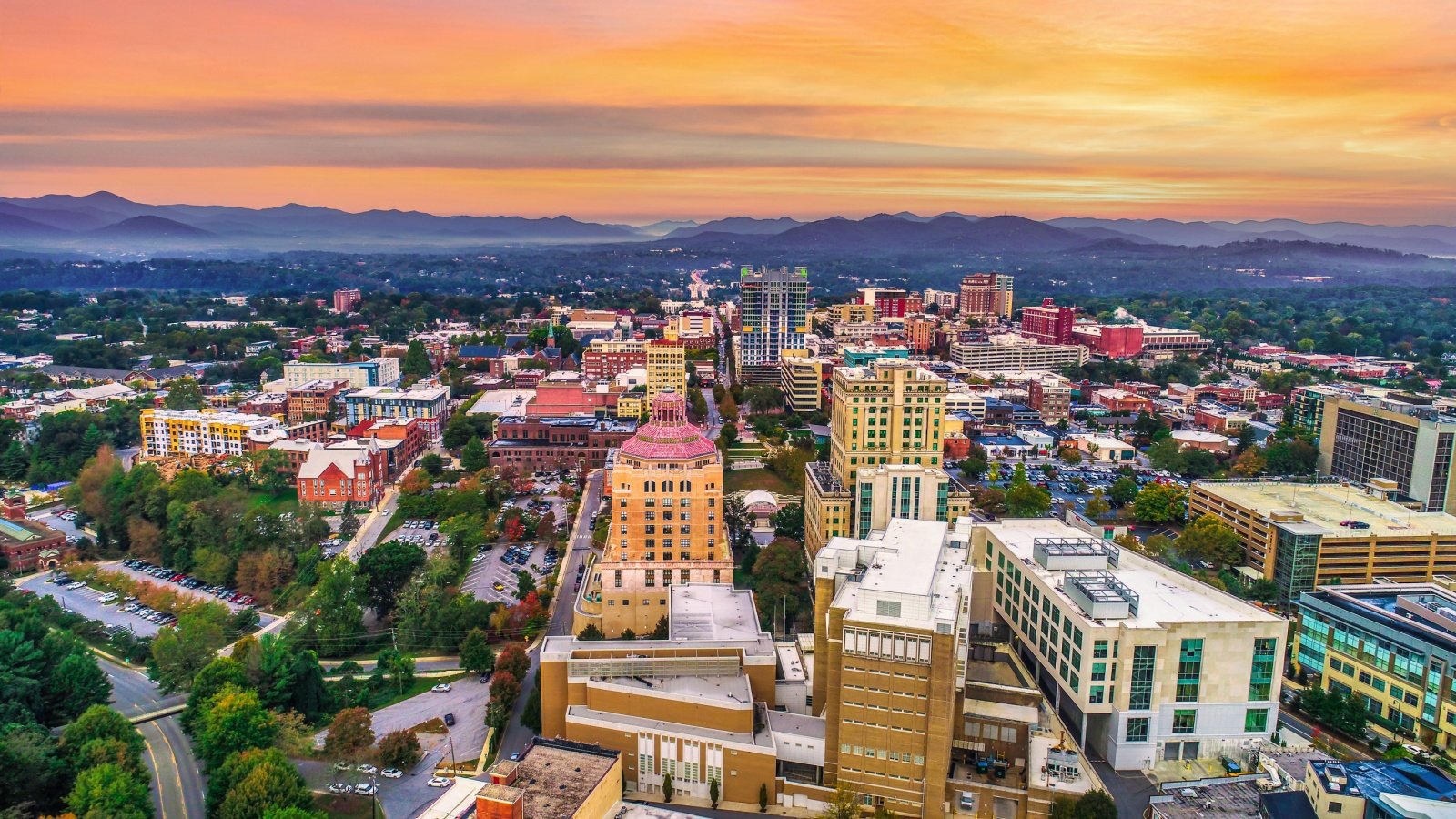
North Carolina’s diverse cities like Charlotte and Raleigh are known for their high quality of life and vibrant job markets. The influx of technology and research firms has made it a hub for innovation and education. Such growth brings a demand for more infrastructure and educational services.
Georgia: Southern Charm
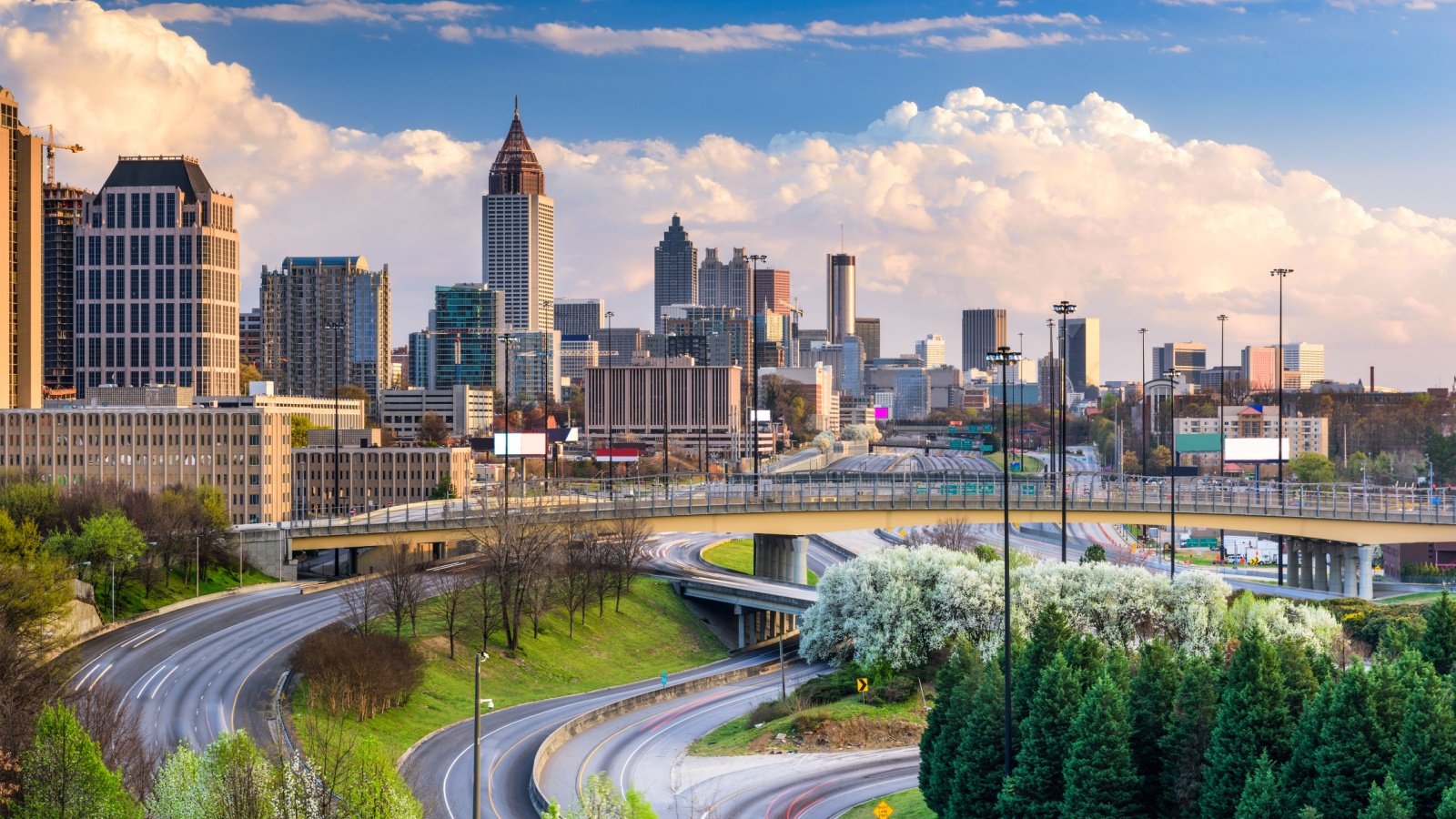
Georgia, led by Atlanta’s dynamic growth, continues to draw in populations with its rich culture and booming job market. The city’s role as a transportation hub enhances its attractiveness to businesses and individuals alike. Rapid growth, however, also brings challenges such as traffic congestion and urban sprawl.
Nevada: More than Just Vegas
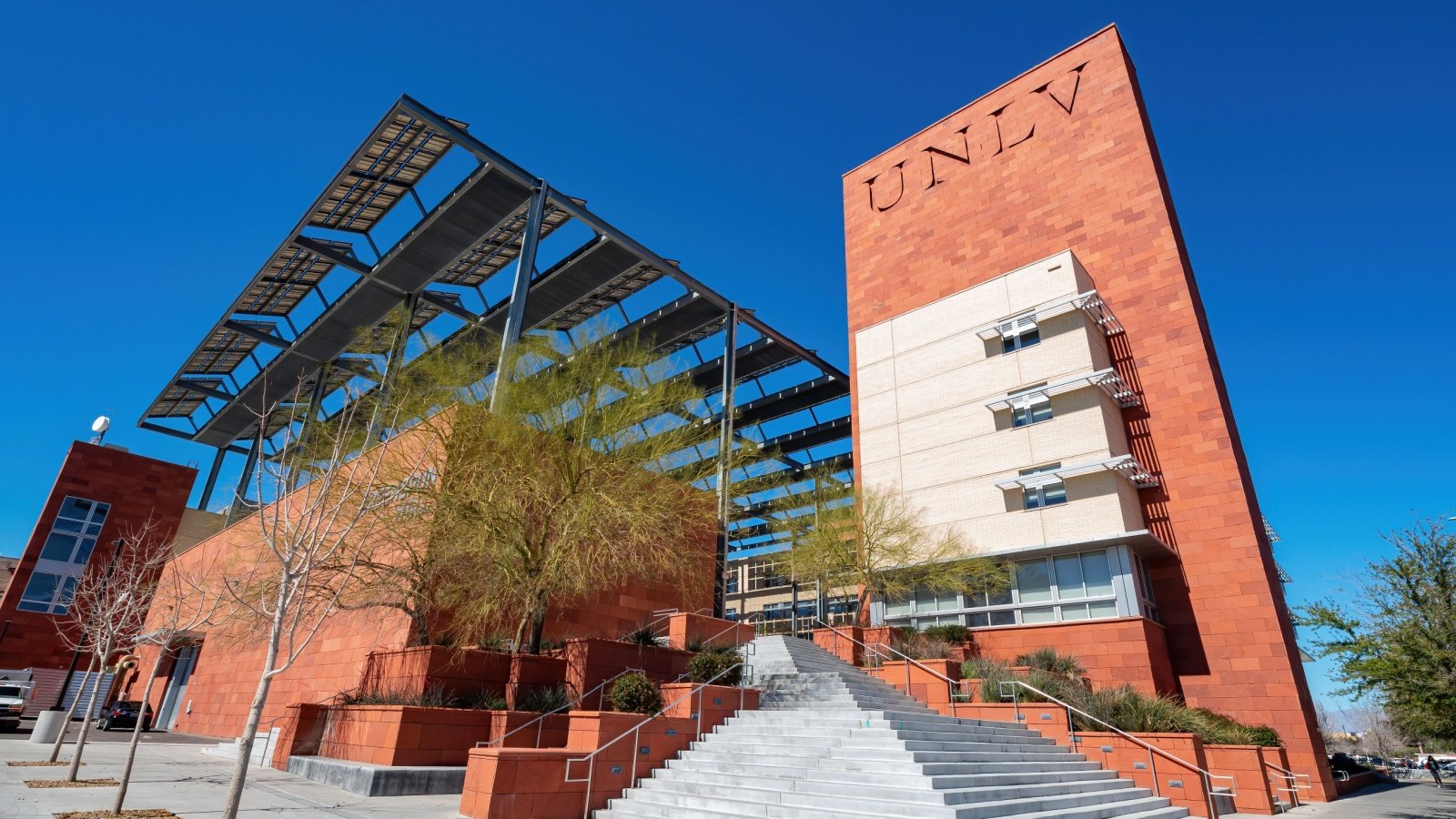
While Las Vegas is still a focal point for growth in Nevada, other areas like Reno are rapidly expanding due to tech industry investments. The state’s low taxes and relative affordability attract businesses and workers seeking a lower cost of living. Nevada’s growth is balanced by concerns over water availability and environmental management.
Oregon: Green Attraction
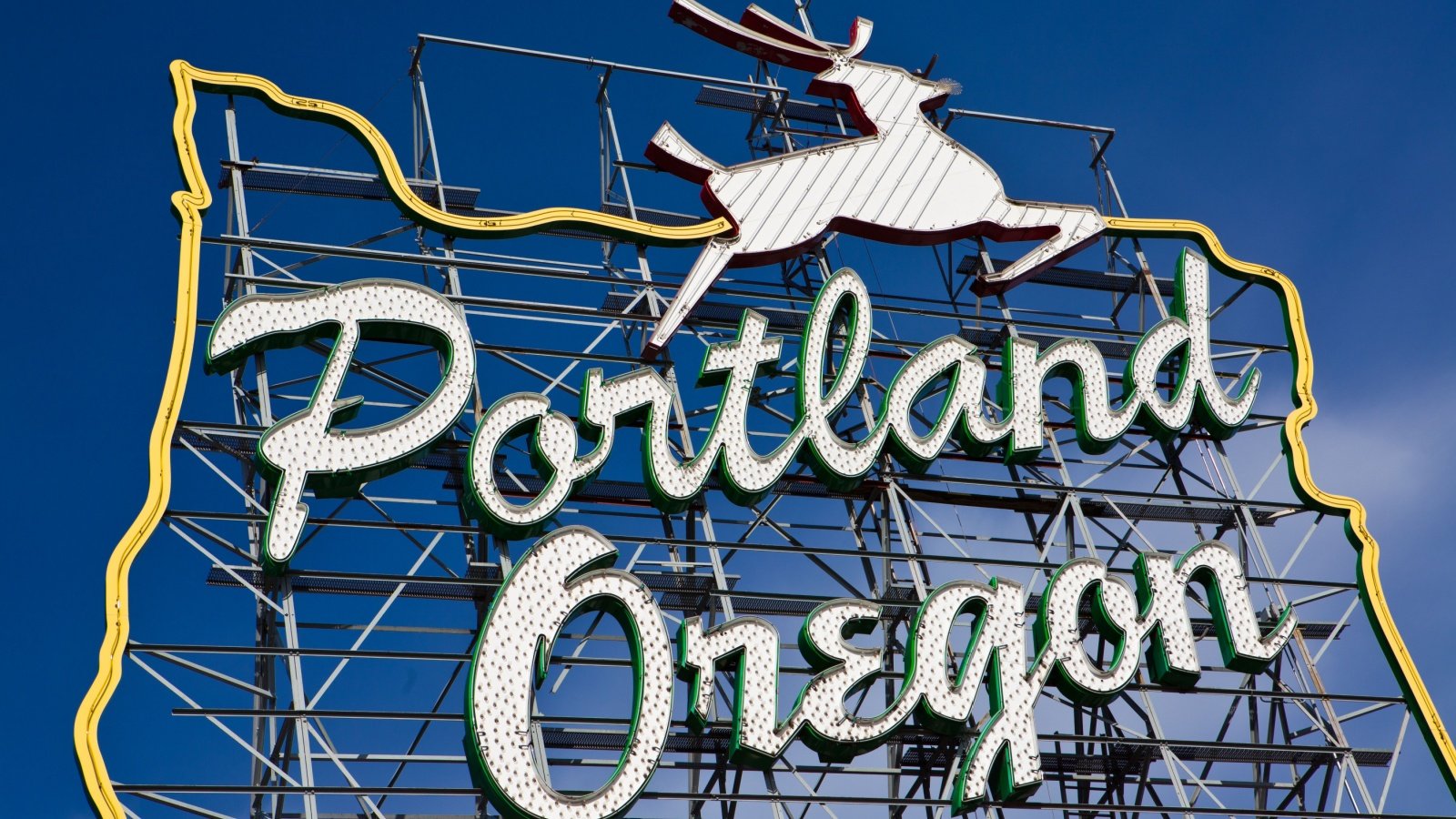
Oregon’s commitment to sustainability and quality of life continues to attract residents to Portland and beyond. The influx of tech professionals and a booming creative scene drive its growth. Urban expansion has prompted discussions on maintaining the state’s cherished natural landscapes and lifestyle.
Colorado: Rocky Mountain Rise
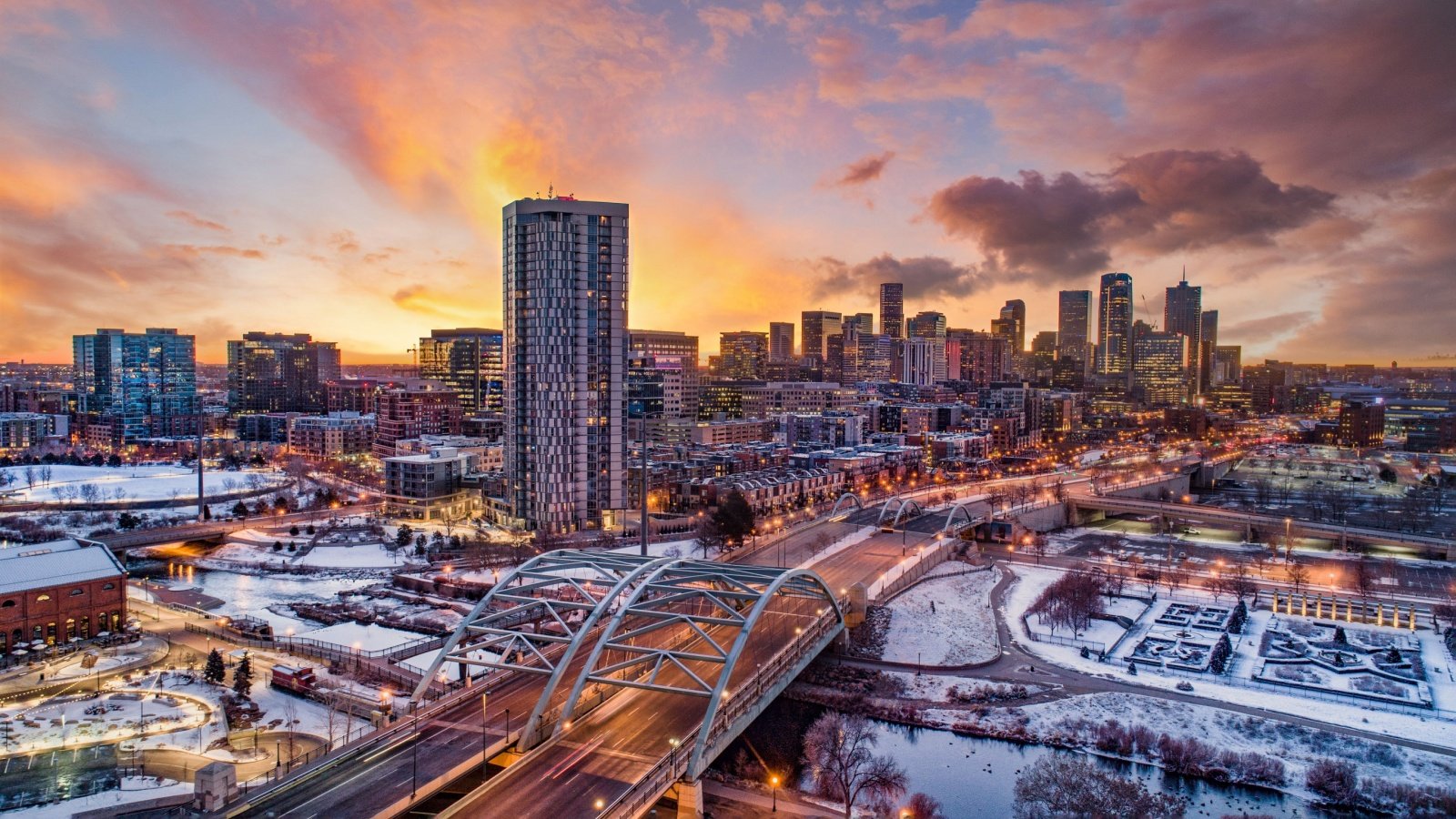
Colorado has experienced significant population increases, particularly in Denver and Colorado Springs, due to their outdoor lifestyles and booming economies. The state’s scenic beauty and recreational opportunities make it a top choice for younger residents. However, this growth strains Colorado’s infrastructure and housing market.
Tennessee: Music and More
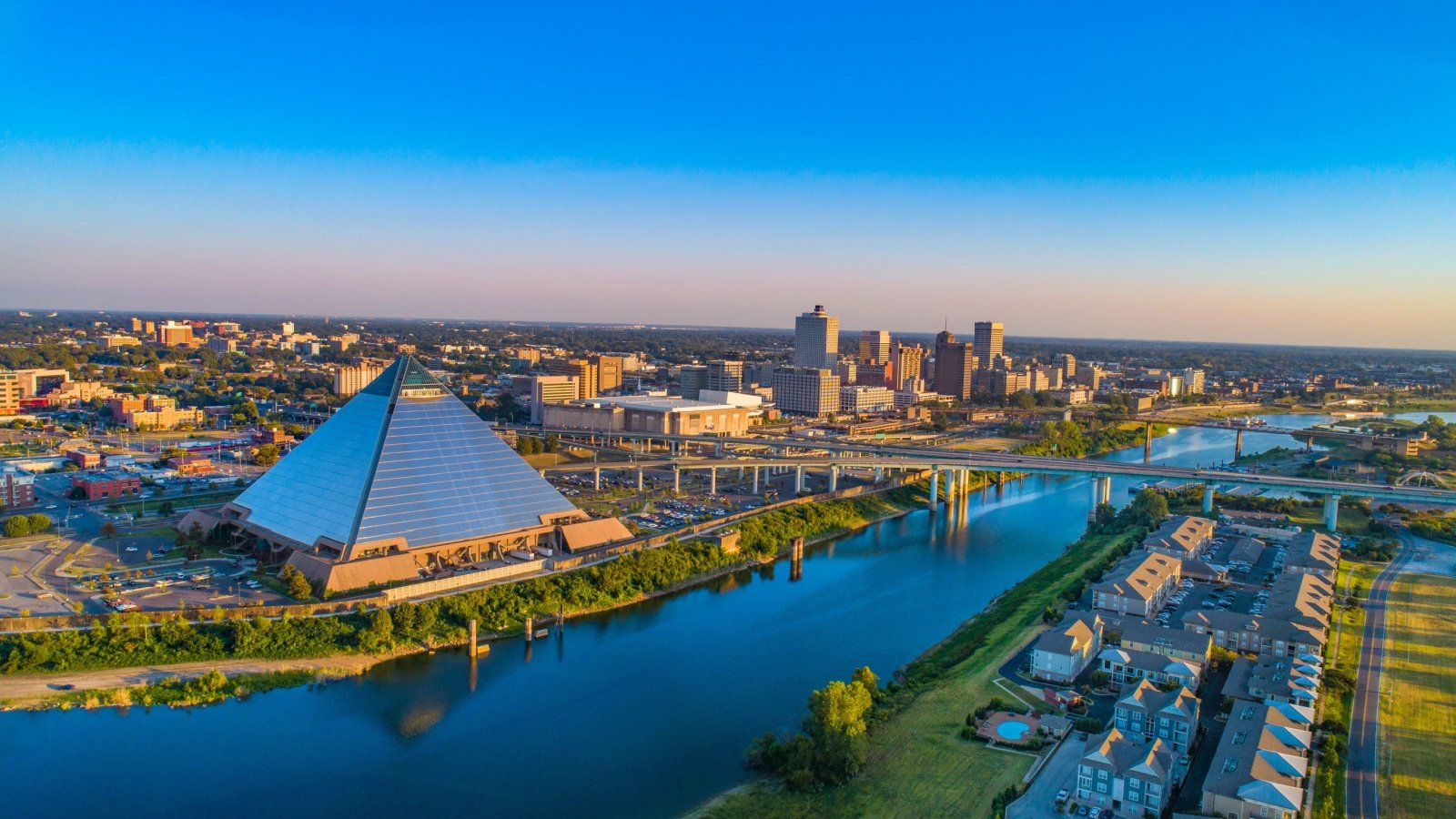
Nashville and Memphis are at the heart of Tennessee’s population growth, driven by thriving music and healthcare industries. The state’s affordable living and southern hospitality continue to draw a diverse crowd. Urban expansion brings revitalized downtown areas but also the need for improved public services.
South Carolina: Coastal Expansion
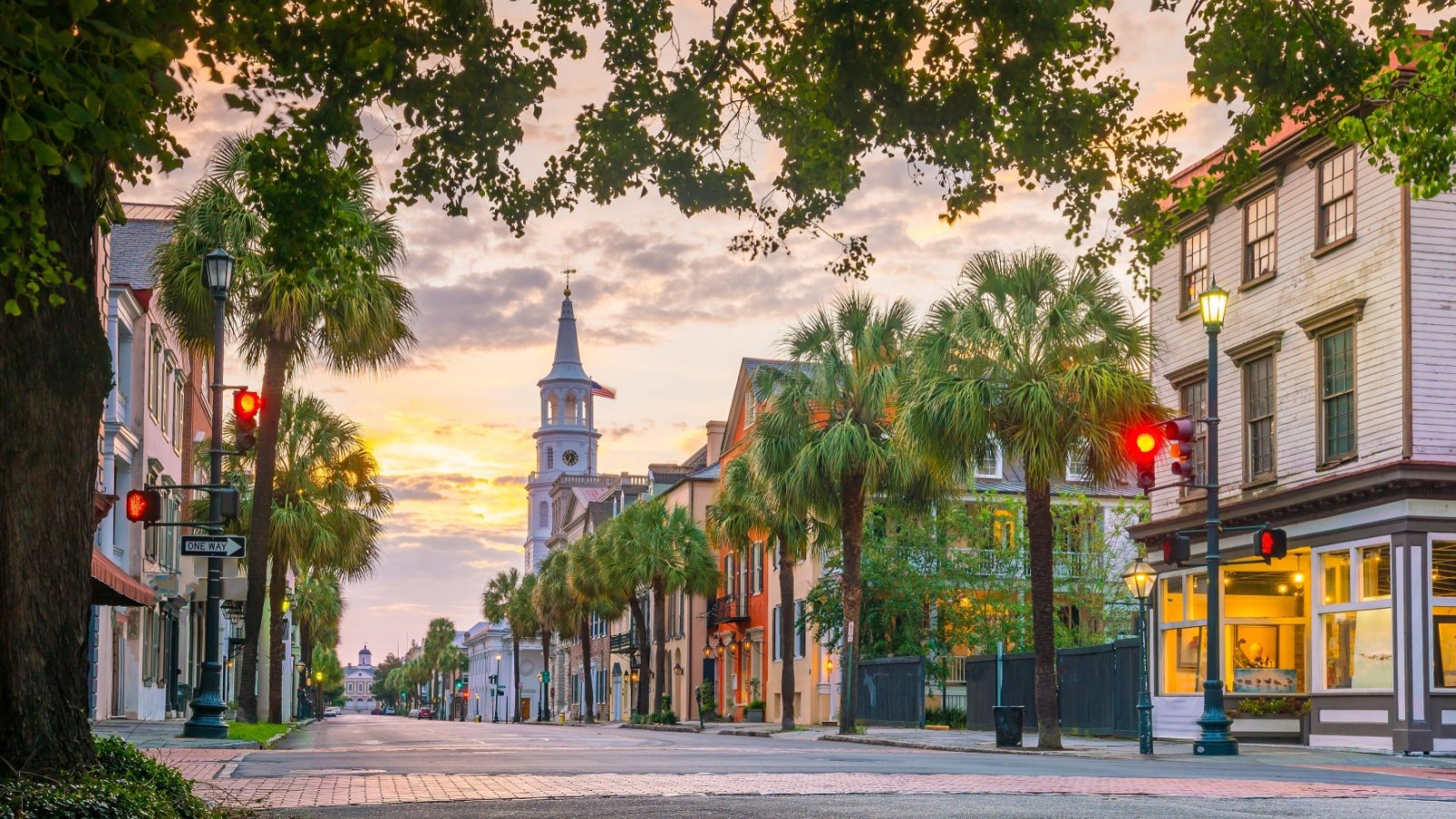
South Carolina’s population is climbing, with coastal areas like Charleston becoming major draws due to their historical charm and vibrant culinary scene. The growth is bolstered by a strong manufacturing sector and a burgeoning tech industry. This influx requires careful planning to preserve the state’s cultural heritage and coastal environment.
Utah: Family-Friendly Growth
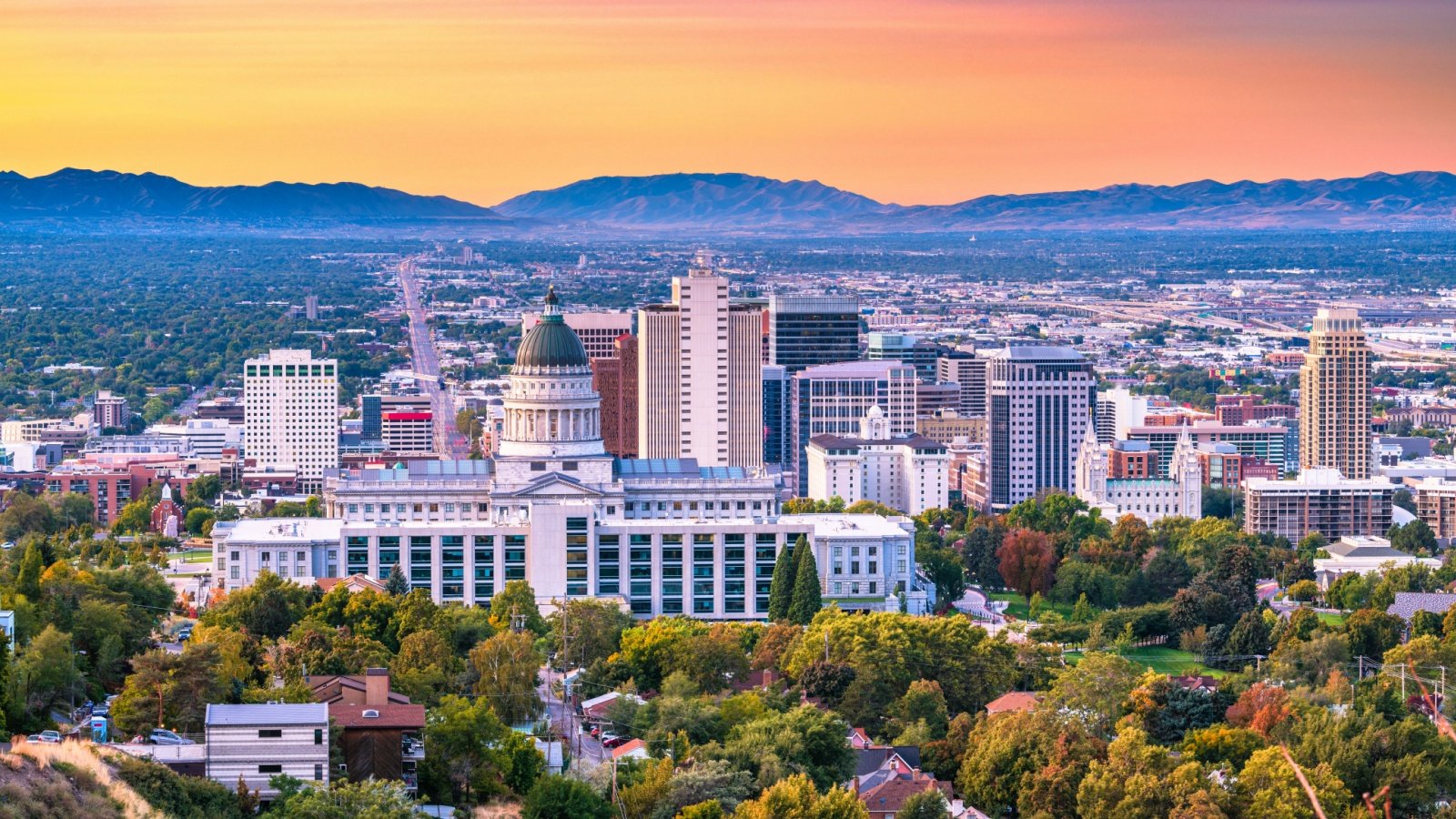
Utah boasts one of the highest population growth rates, spurred by its strong family values and business-friendly environment. Cities like Salt Lake City offer a blend of urban amenities and access to outdoor activities, appealing to both families and professionals. The state faces the challenge of balancing growth with maintaining its quality of life.
Idaho: Quiet Expansion
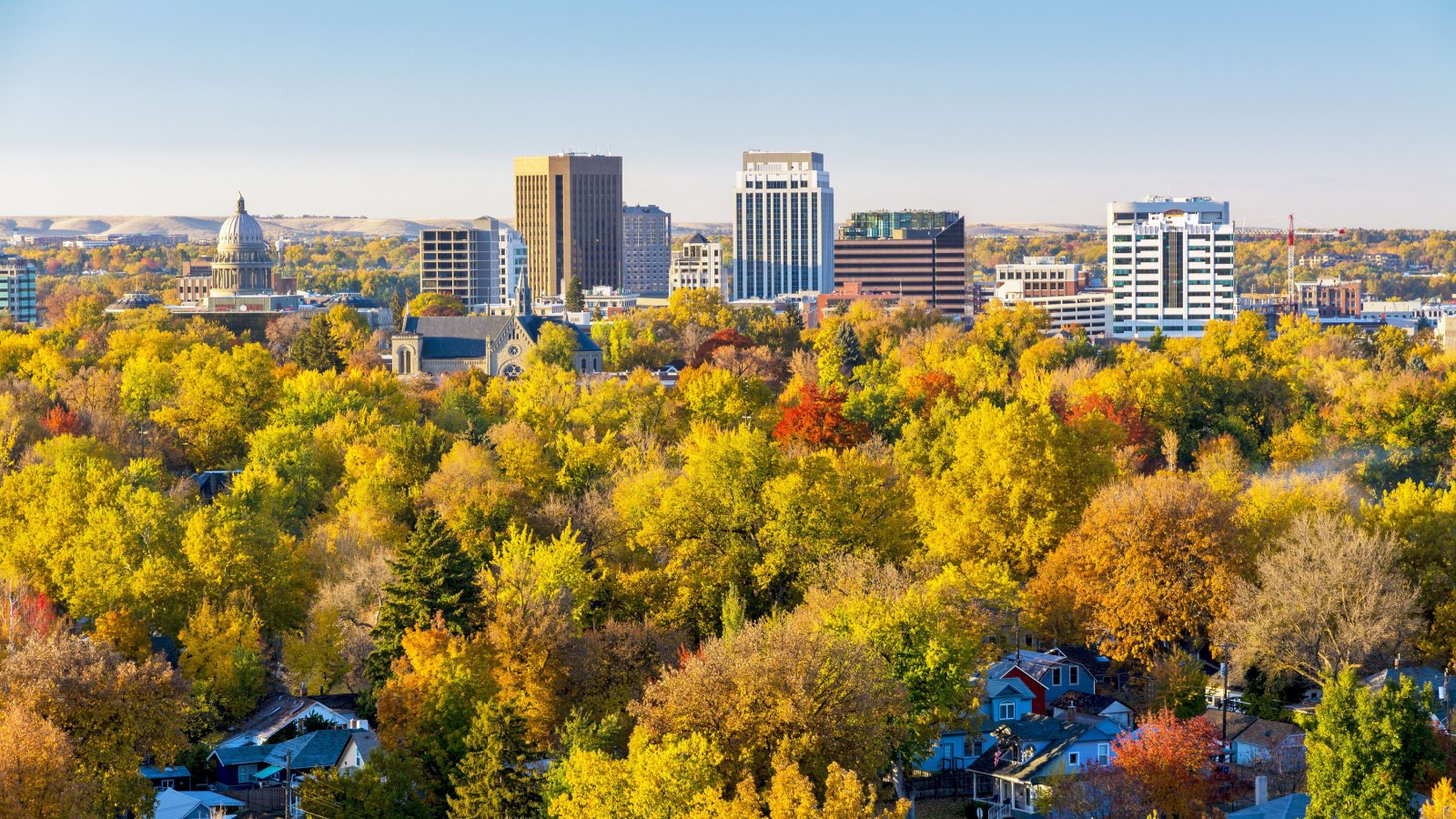
Idaho’s appeal lies in its tranquil lifestyle and natural beauty, attracting many seeking a quieter life away from bustling city centers. The growth in Boise and surrounding areas has been accompanied by a rise in tech and service jobs. Infrastructure development struggles to keep pace with the rapid population increase.
Nebraska: Steady Growth

Nebraska’s steady population growth is largely attributed to its strong agricultural foundations and increasing job opportunities in urban centers like Omaha. The state offers a stable economy and a low cost of living. However, the growth also demands enhancements in urban planning and educational facilities.
Minnesota: Northern Attractiveness
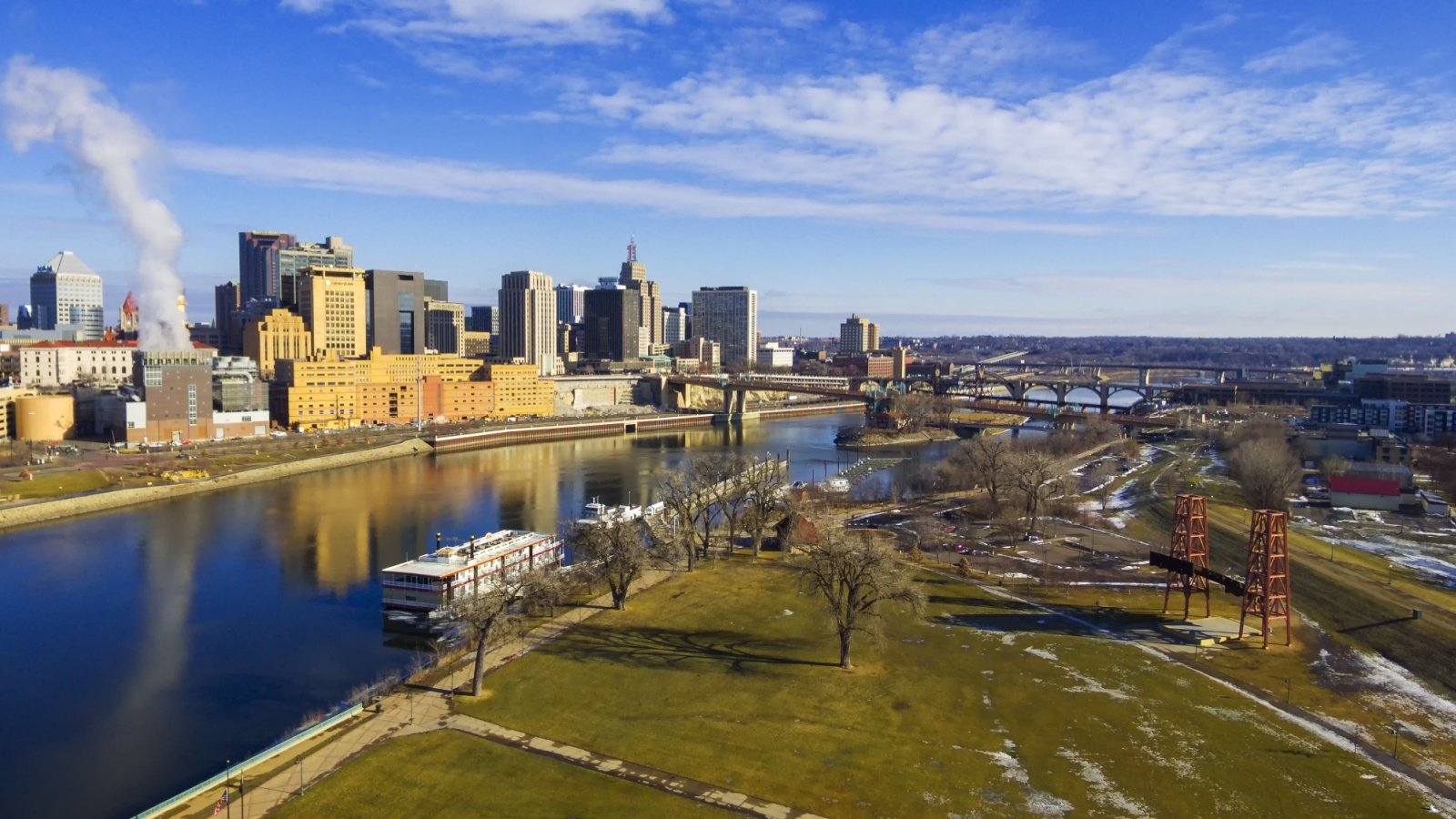
Minnesota continues to grow, driven by its robust economy and high quality of life, particularly in the Twin Cities. The area’s focus on healthcare and education attracts professionals from various fields. Minnesota must address the challenges of accommodating this growth without sacrificing its environmental commitments.
Virginia: Historical Draw
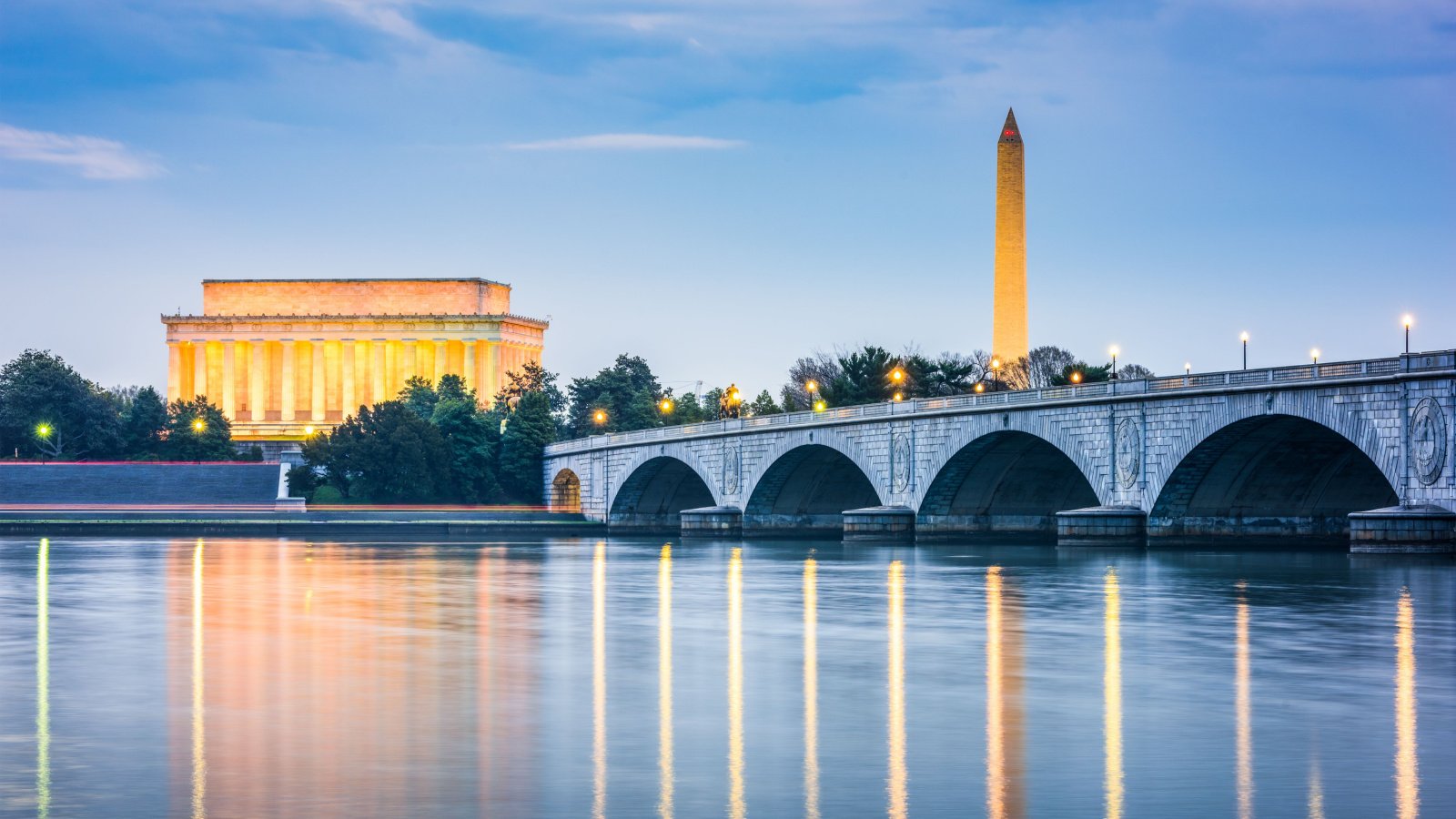
Virginia’s rich history and strong job market, particularly in areas like Northern Virginia, continue to attract residents. The proximity to Washington DC makes it a desirable location for government and technology sector employees. Population growth in these areas necessitates improved transportation and housing options.
New Mexico: The Quiet Surge

New Mexico’s population growth is fueled by its vibrant culture and lower cost of living compared to neighboring states. Cities like Albuquerque and Santa Fe are growing centers for arts and education, attracting a creative population. The state needs to ensure that its infrastructure keeps pace with its growing demographics.
Massachusetts: Educational Hub
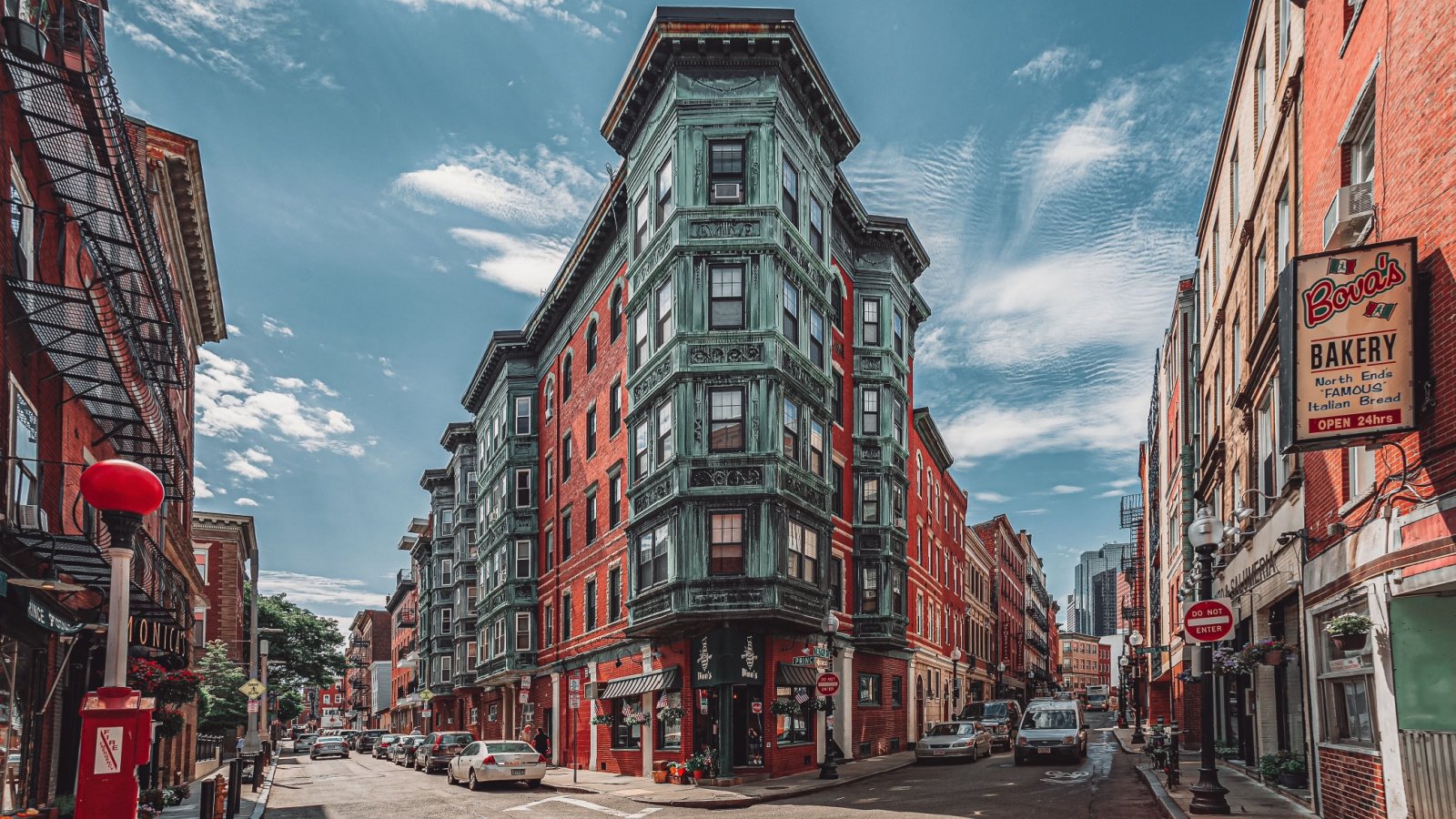
Massachusetts’ population growth is centered around its educational institutions, which draw students and professionals from around the globe. Cities like Boston are expanding due to the influx of technology and healthcare companies. The state’s challenge lies in expanding its housing market to accommodate this growth sustainably.
Indiana: Industrial Boom

Indiana’s growth is bolstered by its manufacturing and tech industries, particularly in cities like Indianapolis. The state’s central location and business-friendly policies continue to attract corporate investments and a skilled workforce. Indiana faces the task of expanding its urban infrastructure to support this population growth.
Maryland: Coastal and Urban Expansion
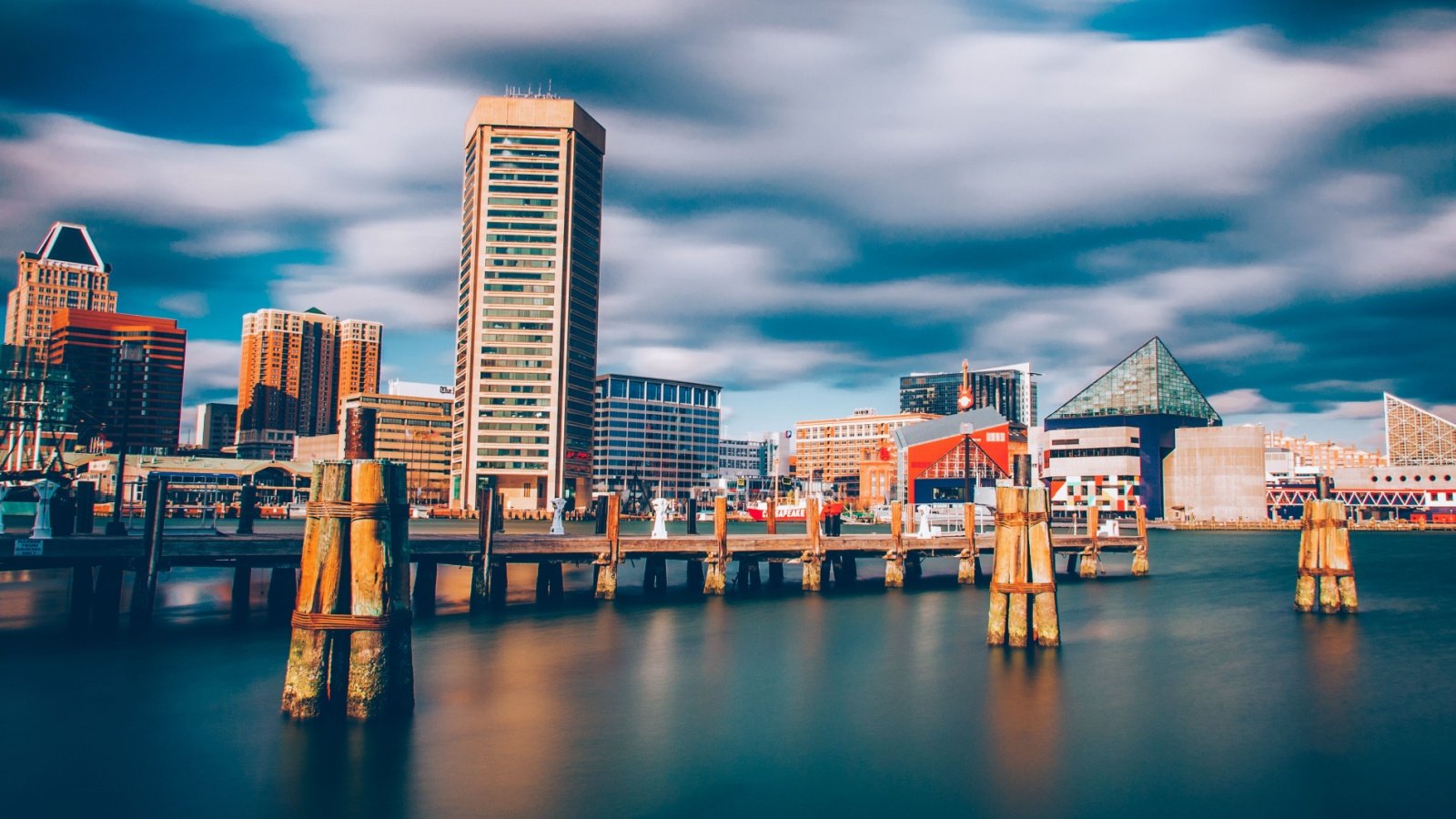
Maryland’s strategic location near the capital and its thriving healthcare and biotech industries contribute to its population growth. The state’s diverse landscape, from coastal areas to bustling urban centers like Baltimore, offers varied living experiences. Maryland must balance growth with environmental conservation, particularly in its cherished Chesapeake Bay area.
Wisconsin: Dairyland Growth
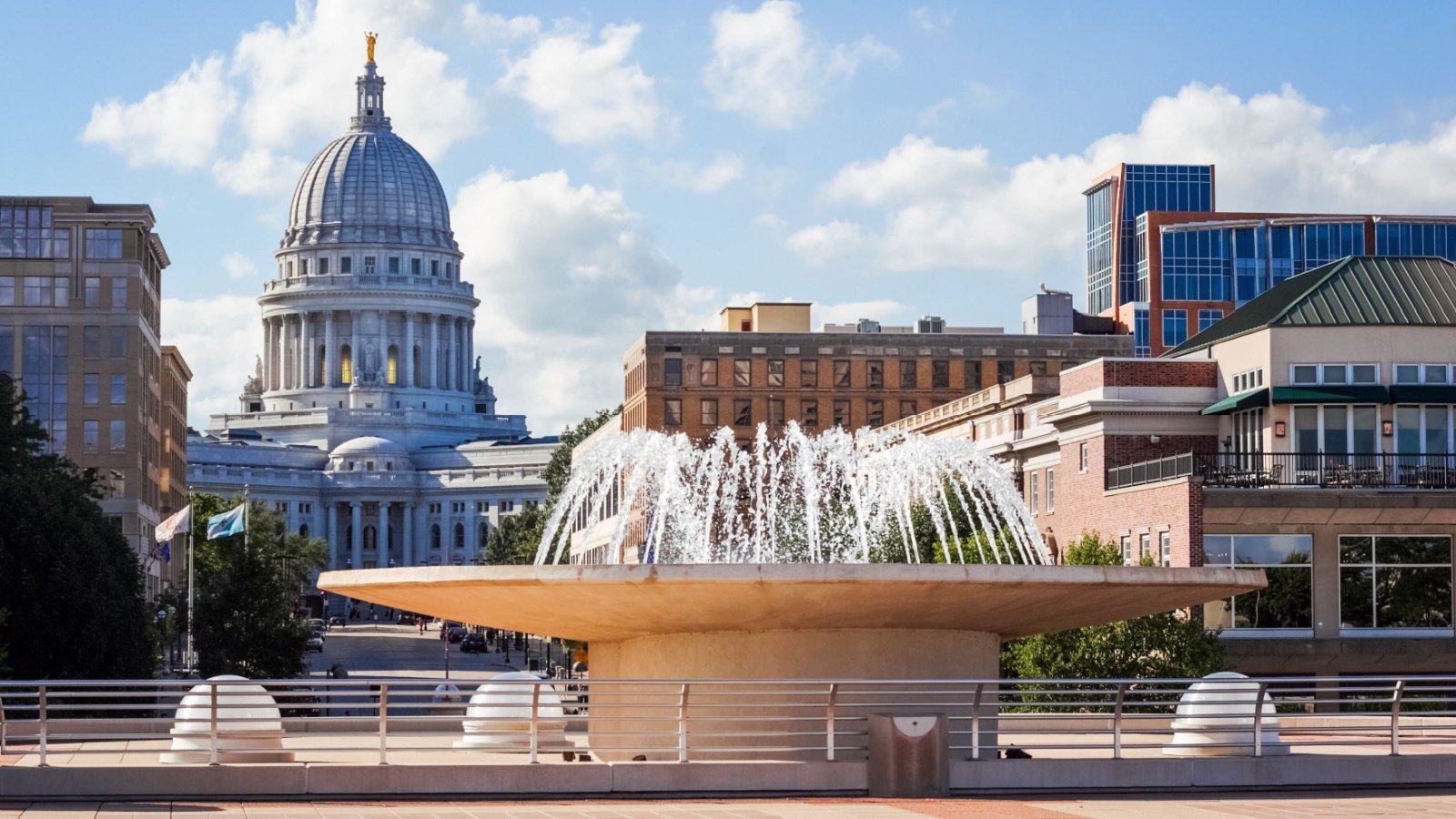
Wisconsin’s population increases are closely tied to its reputation as a dairy powerhouse and a growing education sector in cities like Madison. The state’s economic diversity, from agriculture to technology, attracts a broad workforce. Wisconsin is tasked with enhancing public transport and urban living spaces to keep up with this growth.
Kentucky: Bluegrass Growth

Kentucky’s growth is driven by its vibrant cultural scene and economic opportunities in cities like Louisville. The state’s bourbon and tourism industries play significant roles in attracting residents. As Kentucky’s population increases, so does the need for improved infrastructure and housing developments.








